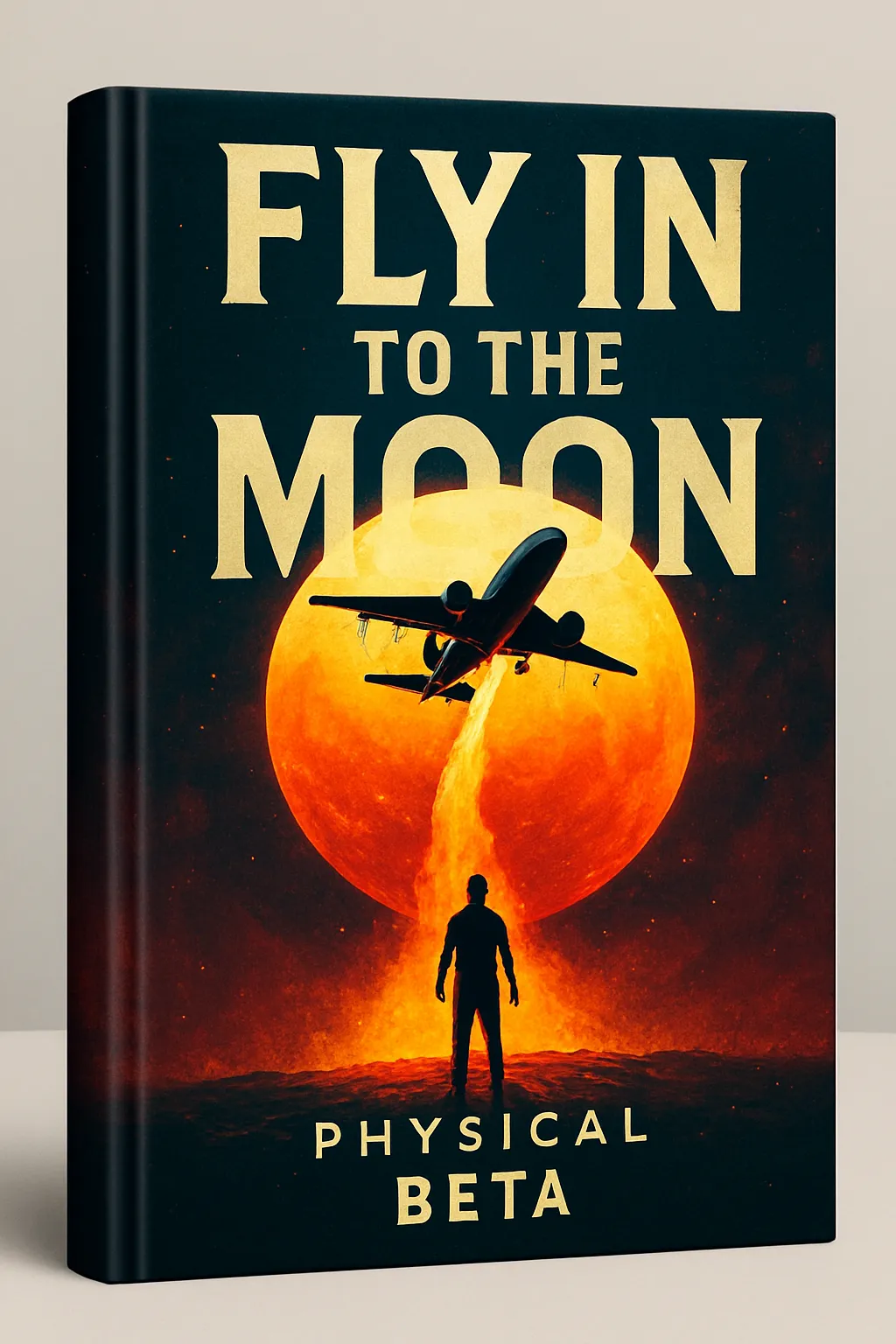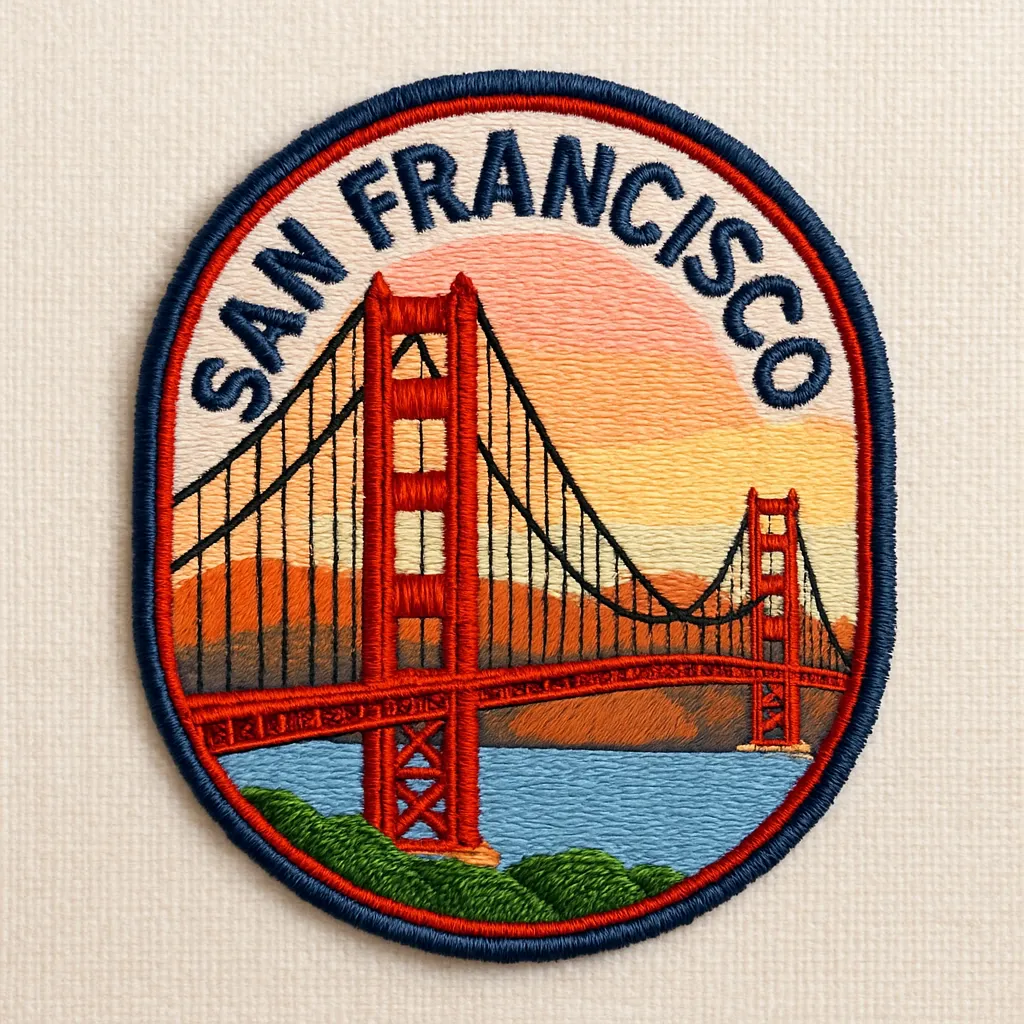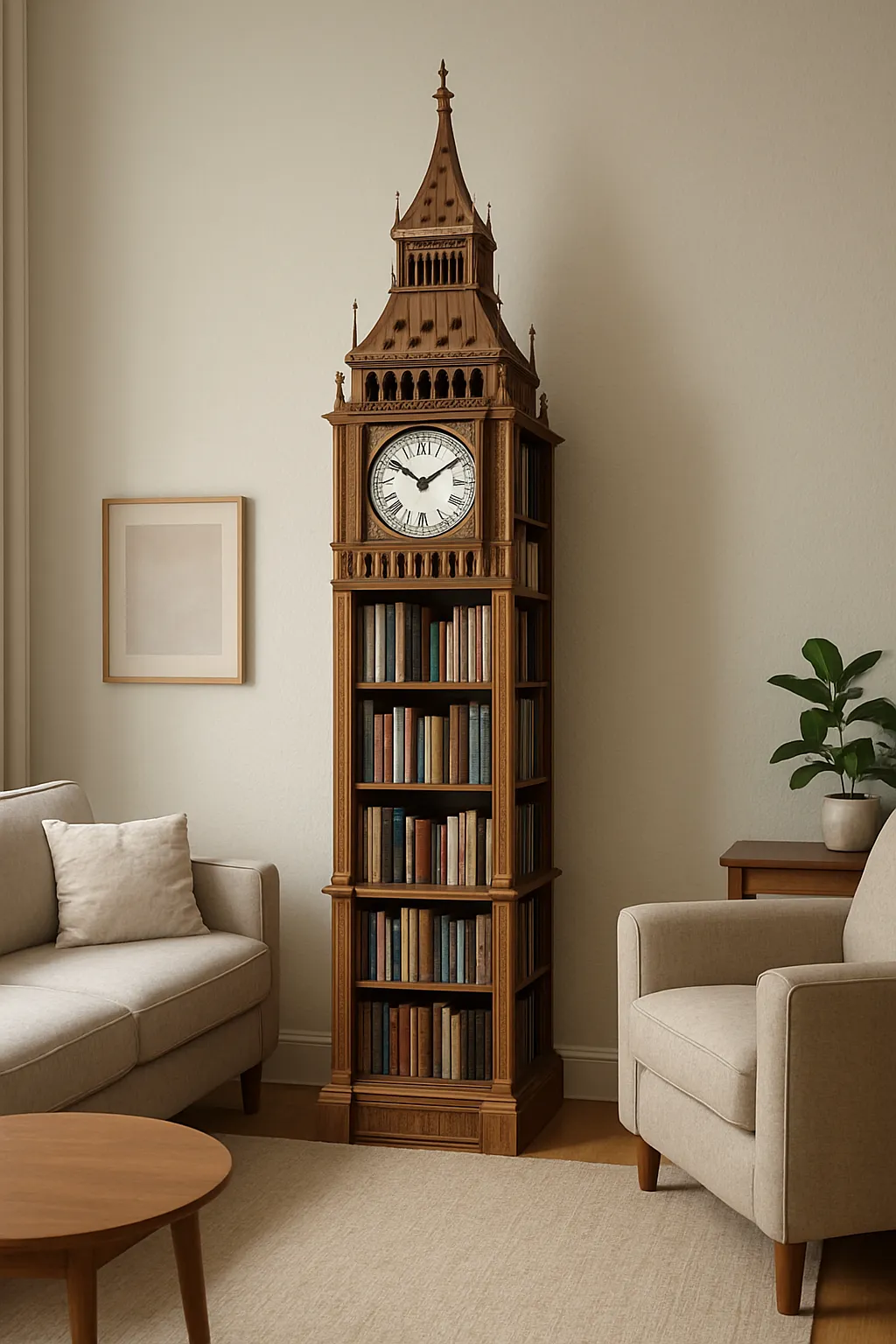Local Etiquette & Culture
- Wai greeting — Press palms together at chest or nose level and nod slightly; used when saying hello/thank you. Return a wai from service staff or elders; handshakes are okay with foreigners but the wai is appreciated.
- Respect for the monarchy — It’s illegal and culturally offensive to insult the King or royal family. Stand for the royal anthem in cinemas.
- Temple dress code — Cover shoulders and knees; remove hats and shoes before entering ubosot/viharn areas; avoid revealing clothes.
- Head and feet etiquette — Don’t touch anyone’s head; don’t point feet at people, Buddha images, or monks; sit with feet tucked back in temples.
- Monks and women — Women should not touch monks or hand items directly; use a cloth or place items down.
- Public affection and volume — Keep PDA minimal; speak softly on public transport and in temples.
- Dining norms — Share dishes family-style; use spoon to eat (fork pushes food onto spoon); don’t stick chopsticks upright in rice; say “kin khao yang?” (eaten yet?) as a friendly phrase.
- Tipping — Not mandatory; round up or leave 10–20 THB at casual places. For good service in nicer spots, 5–10% is appreciated. No tipping on buses/skytrain.
10 Most Useful Travel Phrases
- สวัสดีครับ/ค่ะ — sa-wat-dee khráp/kâ — Hello (male/female speaker)
- ขอบคุณครับ/ค่ะ — khòp-khun khráp/kâ — Thank you
- ขอร้อง/ได้ไหม — khǎw rórng/dâai mái — Please/May I?
- ขอเมนูมังสวิรัติได้ไหม — khǒr menu mang-sa-wí-rát dâai mái — May I have a vegetarian menu?
- ไม่เอาเนื้อ ไม่เอาทะเล — mâi ao núea, mâi ao thá-lee — No meat, no seafood
- ใส่ไข่ไหม — sài khài mái — Does it include egg? (Common add-on)
- เผ็ดน้อยนะครับ/ค่ะ — phèt nói ná khráp/kâ — Please make it less spicy
- เท่าไหร่ — thâo rài — How much?
- ไป…ยังไง/อยู่ไหน — bpai … yang-ngai / yùu nǎi — How to get to … / Where is …?
- ช่วยด้วย/ตำรวจอยู่ที่ไหน — chûai dûai / tam-rùat yùu thîi nǎi — Help! / Where is the police?
Do’s & Don’ts
- Do use the polite particles khráp (men) / kâ (women) often; it softens requests.
- Do remove shoes when entering homes, some shops, and temple buildings.
- Do carry a light scarf/sarong for temples if wearing sleeveless tops/shorts.
- Do queue for BTS/MRT; offer your seat to monks, elderly, pregnant.
- Don’t touch Buddha images or climb on statues; photographing is okay where permitted.
- Don’t bargain aggressively; smile and counteroffer gently at markets (not in malls or food stalls).
- Don’t hand money with your left hand only; use right hand or both.
- Don’t litter or vape where prohibited; fines are enforced.
Important laws/customs
- Lèse-majesté laws are strict; avoid political commentary on the monarchy.
- E-cigarettes/vapes are illegal to import/possess; penalties apply.
- Drugs carry severe penalties.
- No smoking in public parks, most markets, or at bus stops; designated areas only.
- Currency: Cash is common at street stalls; QR PromptPay is widespread.
- Alcohol sales are restricted 11:00–14:00 and 17:00–24:00 at convenience stores; temples and some areas prohibit alcohol.
Street Food & Local Eats Must-try vegetarian-friendly dishes/snacks
- Pad Thai Jay — Stir-fried rice noodles with tofu, egg (ask no egg if vegan), bean sprouts, chives; a Thai-Chinese classic popularized in Bangkok; squeeze lime, add chili flakes and crushed peanuts.
- Som Tam Thai (Jay) — Green papaya salad made without fish sauce/dried shrimp (say “som tam jay, mâi sai nam pla, mâi sai gung haeng”); bright, spicy-sour central Thai staple.
- Khao Pad Pak — Vegetable fried rice with tofu; comforting, budget-friendly, everywhere.
- Tom Yum Hed — Spicy-sour mushroom soup using lime, lemongrass, galangal; ask for “jay” (strict veg) and “phèt nói.”
- Khao Soi Jay — Northern-style curry noodle adapted to veg with tofu and veg broth; find at specialty spots.
- Khanom Krok — Coconut-rice mini pancakes; street snack, naturally vegetarian.
Recommended eateries/markets
Or Tor Kor Market (ตลาด อ.ต.ก.) Address: 101 Kamphaeng Phet Rd, Chatuchak, Bangkok 10900 Hours: Daily 8:00–18:00 Price: $2–6 per dish Signature: Fresh fruit, Khanom Krok, Som Tam made to order (request jay) Vibe: Local favorite; clean produce market with food court
Talat Rot Fai Ratchada/“Jodd Fairs DanNeramit” (new venue for Rot Fai vibe) Address: Jackson Square, 499 Phahonyothin Rd, Lat Phrao, Bangkok 10900 (Jodd Fairs DanNeramit) Hours: Daily 16:00–24:00 Price: $1–5 per item Signature: Grilled skewers with tofu/veg, mango sticky rice, Thai tea; many stalls can do “jay” Vibe: Touristy but fun night market photography
Jay Fai Alternatives for Veg: Thipsamai Pad Thai Address: 313 Maha Chai Rd, Samran Rat, Phra Nakhon, Bangkok 10200 Hours: Daily 10:00–24:00 (queue moves faster earlier afternoon) Price: $3–7 Signature: Pad Thai with tofu; ask “pad thai jay, mâi sai gung” Vibe: Iconic, touristy institution near the Old City
May Veggie Home (100% Vegetarian) Address: 8/3 Sukhumvit 16, Khlong Toei, Bangkok 10110 (near Asok) Hours: Daily 10:00–21:30 Price: $4–8 Signature: Tom Yum Hed, Khao Soi Jay, vegan desserts Vibe: Local favorite for plant-based Thai; easy ordering for strict veg
Chamlong’s Asoke Vegetarian Food Court (สวนจตุจักร โซนอาหารมังสวิรัติ) Address: JJ Park, Kamphaeng Phet 3 Rd, Chatuchak, Bangkok 10900 Hours: Tue–Sun 7:00–14:00 (closed Mon) Price: $1–3 per dish (coupon system) Signature: Wide range of “jay” Thai dishes; great breakfast/lunch stop before Chatuchak Vibe: Hidden gem for budget vegetarian eats
Sao Chingcha/Old Town Street Stalls around Giant Swing Address: Around Dinso Rd & Bamrung Muang Rd, Phra Nakhon 10200 Hours: Many stalls 17:00–22:00 Price: $1–4 Signature: Khanom Krok, fresh spring rolls, vegetarian noodle soups (ask “kuay tiao jay”) Vibe: Local favorite; great night photography with Giant Swing backdrop
Temple-focused snack stops (near major sights)
- Tha Tien Market (by Wat Pho/Wat Arun ferry) Hours: Daily 8:00–18:00 Price: $1–4 Try: Fresh fruit shakes, mango sticky rice, veg stir-fries; ask for no fish sauce Vibe: Mixed local/tourist; convenient between temples
Extra Tips
- Best times for markets — Night markets: 18:00–21:00 for peak vibe and photos; arrive at 17:00 for setup shots. Or Tor Kor/Chatuchak mornings 9:00–11:00 for best light and cooler temps. Temples: early (7:30–9:30) for soft light and fewer crowds.
- Best light for street photography — Golden hour along Chao Phraya piers (Tha Tien/Tha Chang), Chinatown’s Yaowarat Rd after 18:30 for neon; carry a fast prime (35–50mm) and respect privacy; ask “ขอถ่ายรูปได้ไหม — khǒr thài rûup dâai mái?” (May I take a photo?).
- Ordering like a local — Start with “khráp/kâ” and your dish name, then modifiers: “jay” (strict veg, no animal products, no fish sauce), “mâi sai nam pla” (no fish sauce), “mâi sai gung/pla” (no shrimp/fish), “mâi sai kai” (no egg), spice level “phèt nói/mai phèt.” Pay after eating at many stalls; at sit-down shophouses, pay at the counter.
- Budget management — Your $15–$25/day is very doable: breakfast $2–4 (fruit, soy milk, sticky rice), lunch $3–6 (rice/noodles), dinner $4–8 (market grazing), drinks $1–3.
- Hygiene notes — Choose busy stalls with high turnover; look for gloves or utensils handling money/food separately. Avoid pre-cut fruit sitting in sun; ask for peeled to order. Bottled or filtered water; ice is generally safe in Bangkok.
- Common scams — Overpriced tuk-tuk “temple tours” that detour to gem/tailor shops; decline politely. Metered taxis only (“khâo mîitâ ná?” — turn on the meter?). Street food rarely scams, but confirm price before ordering large seafood platters (you’re veg, so low risk).
- Temple protocol for photos — Some halls ban photography; look for signs. Never turn your back to a Buddha while posing; step to the side.
- Ferry and BTS tips — Get a Rabbit card for BTS/MRT convenience. On Chao Phraya boats, use the Orange Flag line for flat fares; board quickly and move inside.
Enjoy Bangkok’s night markets, golden temples, and street eats—sabai sabai style—and you’ll stay well within budget while capturing great shots.
Inputs used
Untitled Prompt🌏 Local Culture & Food Explorer – The Ultimate Travel & Conversation Guide
Prompt body











